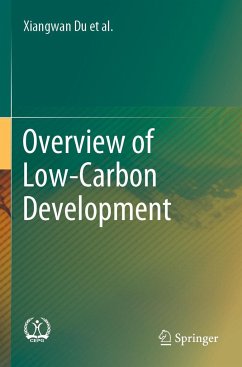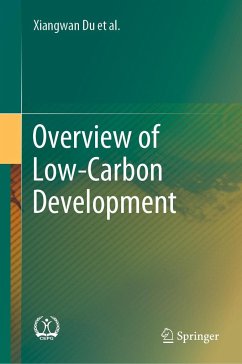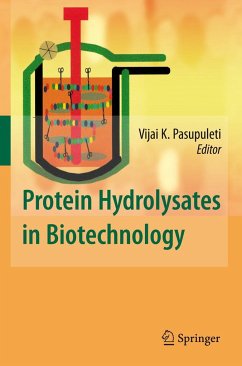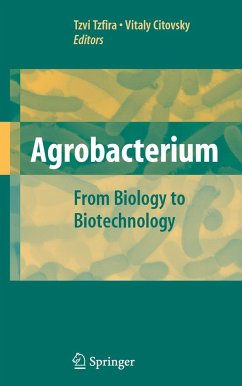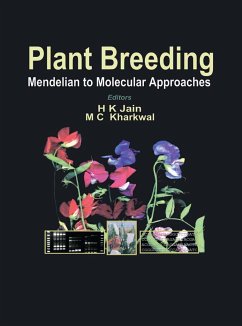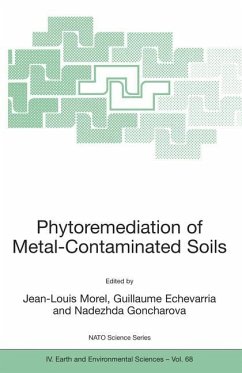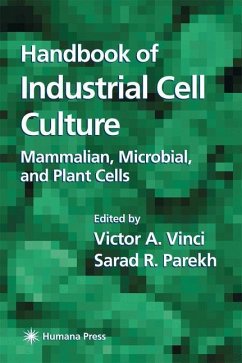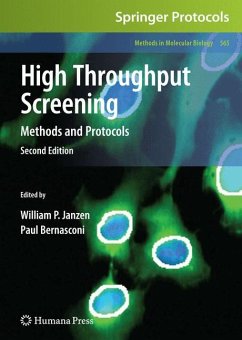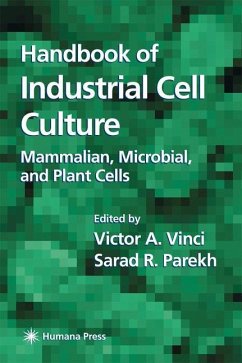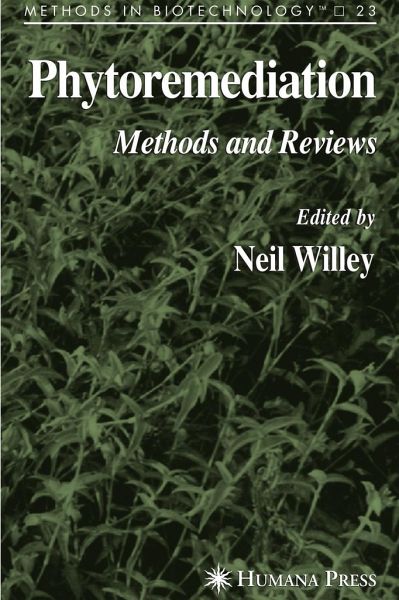
Phytoremediation
Methods and Reviews
Herausgegeben: Willey, Neil
Versandkostenfrei!
Versandfertig in 6-10 Tagen
113,99 €
inkl. MwSt.

PAYBACK Punkte
57 °P sammeln!
Phytoremediation: Methods and Reviews presents the most innovative recent methodological developments in phytoremediation research, and outlines a variety of the contexts in which phytoremediation has begun to be applied. A significant portion of this volume is devoted to groundbreaking methods for the production of plants that are able to degrade, take up, or tolerate the effects of pollutants. Phytoremediation: Methods and Reviews adopts a multidisciplinary approach to the examination of principles and practices of phytoremediation, from molecular manipulation to field application.Parts I an...
Phytoremediation: Methods and Reviews presents the most innovative recent methodological developments in phytoremediation research, and outlines a variety of the contexts in which phytoremediation has begun to be applied. A significant portion of this volume is devoted to groundbreaking methods for the production of plants that are able to degrade, take up, or tolerate the effects of pollutants. Phytoremediation: Methods and Reviews adopts a multidisciplinary approach to the examination of principles and practices of phytoremediation, from molecular manipulation to field application.
Parts I and II discuss detailed protocols for achieving several different goals of phytoremediation, including enhancing contaminant degradation, uptake, and tolerance by plants; exploiting plant diversity for phytoremedation; modifying contaminant availability; and experimentally analyzing phytoremediation potential. Parts III and IV examine a variety of progressive techniques for phytoremediation and explore their implementation and success on a global scale. This cutting-edge volume highlights the myriad of contexts in which phytoremediation can be applied, and energizes new research by describing ways in which barriers to success have been recently overcome.
Parts I and II discuss detailed protocols for achieving several different goals of phytoremediation, including enhancing contaminant degradation, uptake, and tolerance by plants; exploiting plant diversity for phytoremedation; modifying contaminant availability; and experimentally analyzing phytoremediation potential. Parts III and IV examine a variety of progressive techniques for phytoremediation and explore their implementation and success on a global scale. This cutting-edge volume highlights the myriad of contexts in which phytoremediation can be applied, and energizes new research by describing ways in which barriers to success have been recently overcome.



